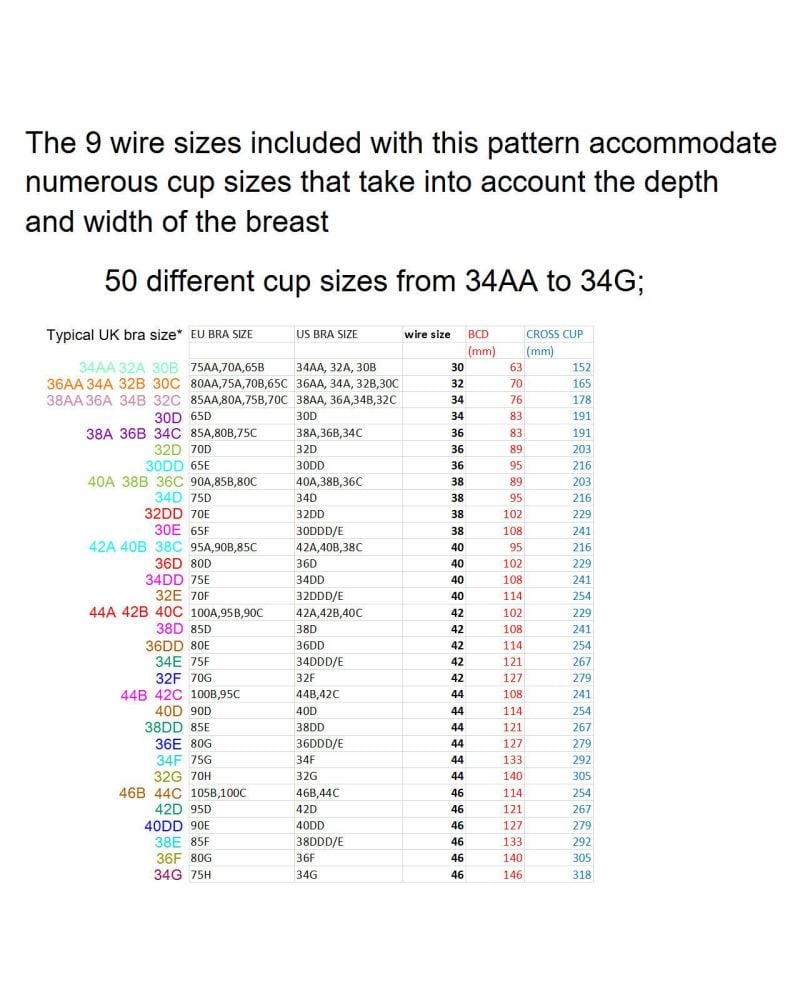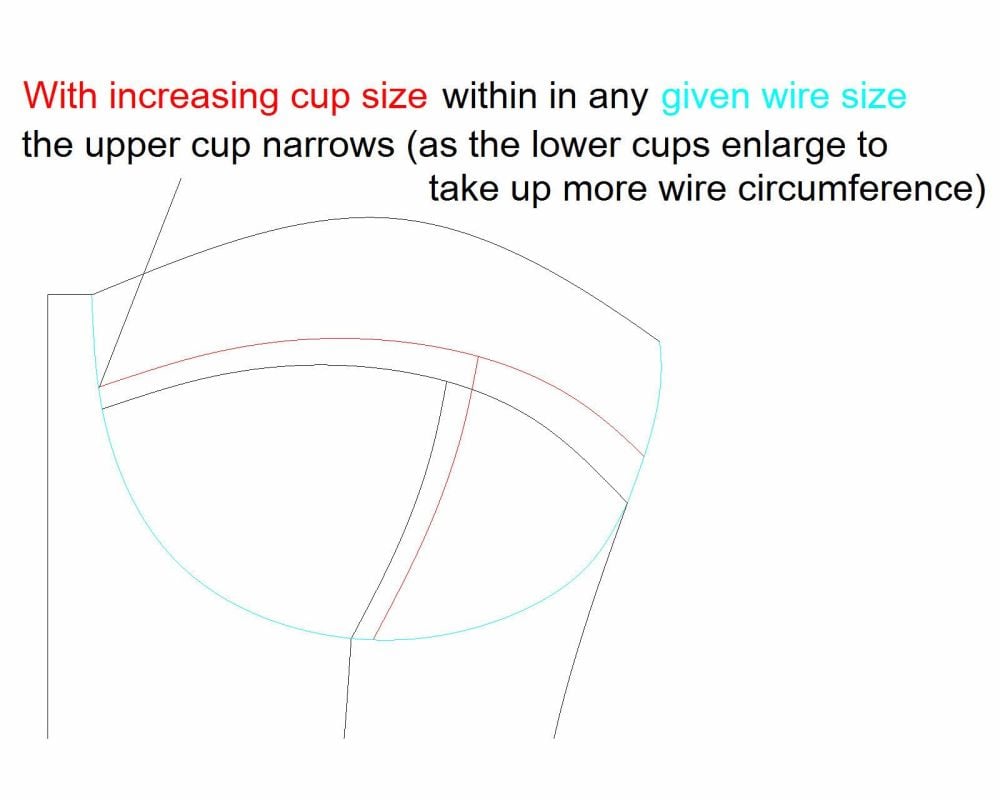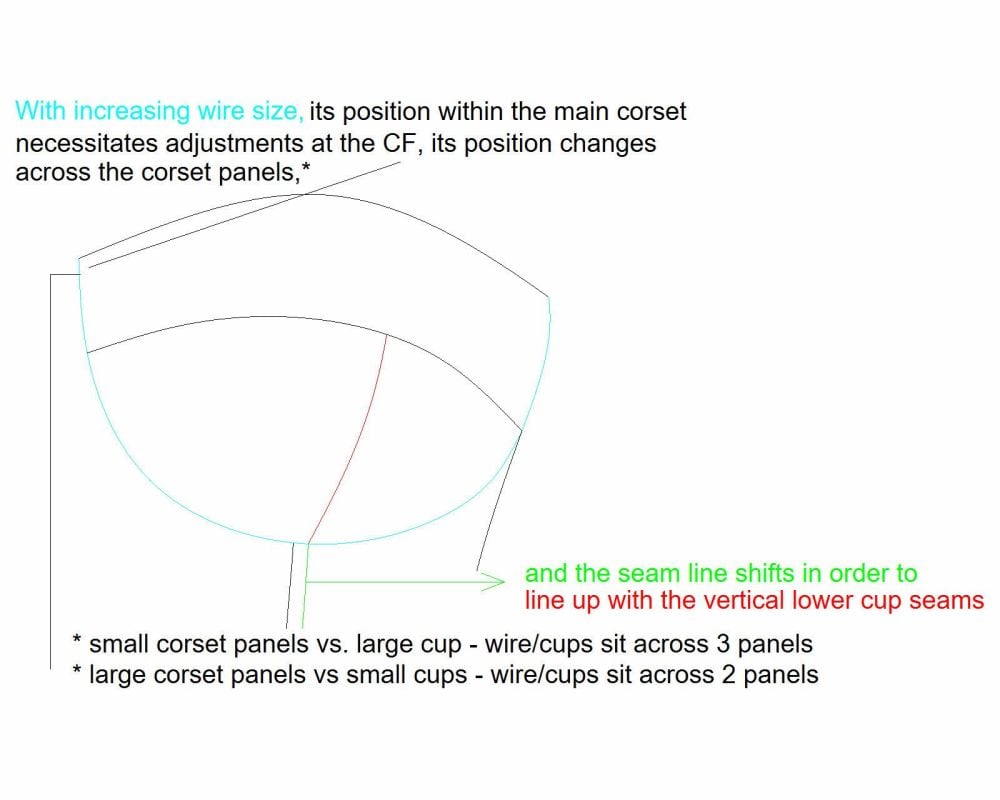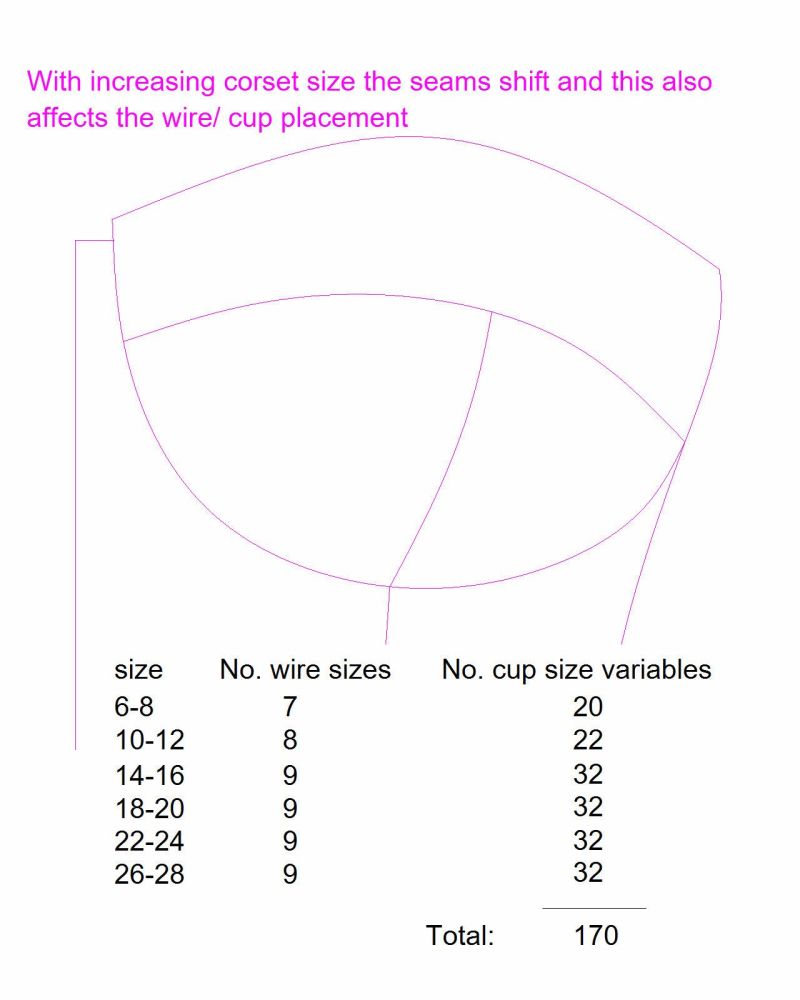Edwardian corsetry
Posted on
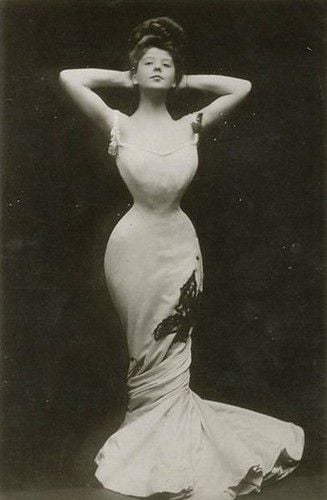
Musings and progress from Caroline - projects she's working on, tips and tricks, and thoughts on corsetry
Posted on

Posted on
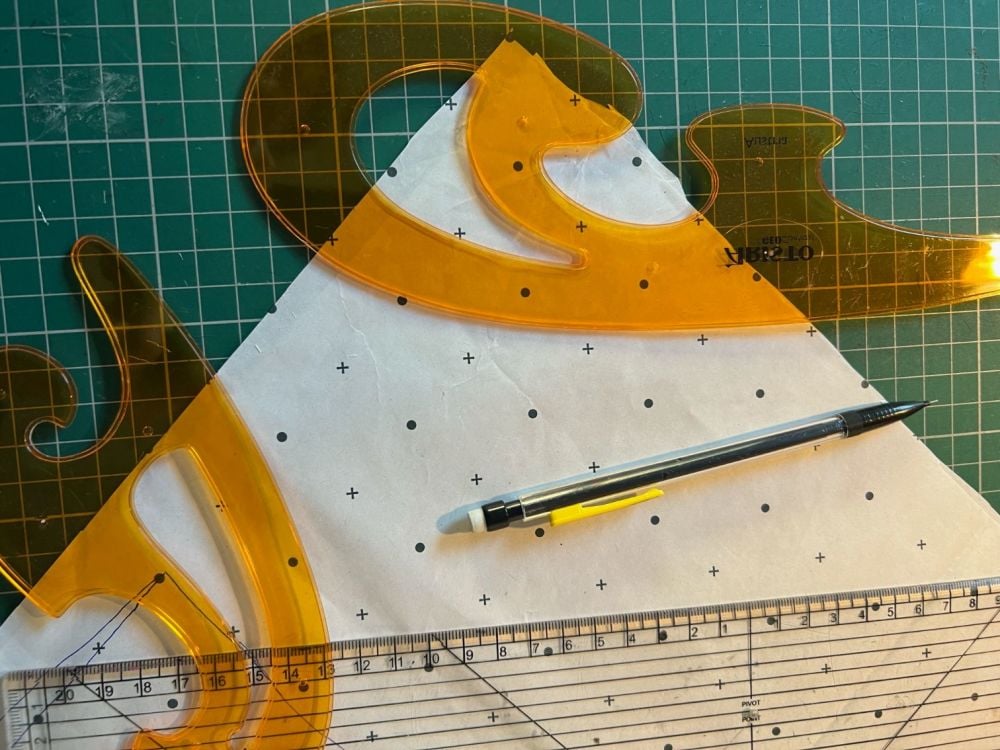
I have been working on this E book for months. It takes me a long time to write up these manuals, especially as there are some YouTube tutorials included which I tend to do over and over - I am never happy and really hate listening back to these creations. Ugh!
It's 50 pages and 10,000 words and was written to follow on from the ultimate corset making guides. The information can be used to inform both traditional and digital drafters (note that the technicalities of digital drafting is covered in detail in the Corseting the 21st century CAD guide). The following is the content list that will give you an idea of what is included;
Introduction
Example 1 – drafting a simple under-bust (flat patterning)
Extending the under-bust into an over-bust
Example 2 – using percentages & a spreadsheet to create a simple under-bust
Tweaks to panel shapes/ how to change a pattern’s size (YouTube tutorials)
Bra drafting overview (with YouTube links)
Methods used to draft unusual and complex shapes in corsetry
- Seeking inspiration and the development of a design
o Sketching using croquis / doodling in CAD
o Altering an existing pattern using an example
o Draping directly on to a mannequin
Grading corsetry patterns, part one – simple shapes
- Complexity of design
- A word on digital drafting
- Creating a commercial pattern from a graded design
Grading corsetry patterns, part two – more complex shapes
- Example 1 – grading an Edwardian design
- Example 2 – grading a complex contemporary design
Posted on
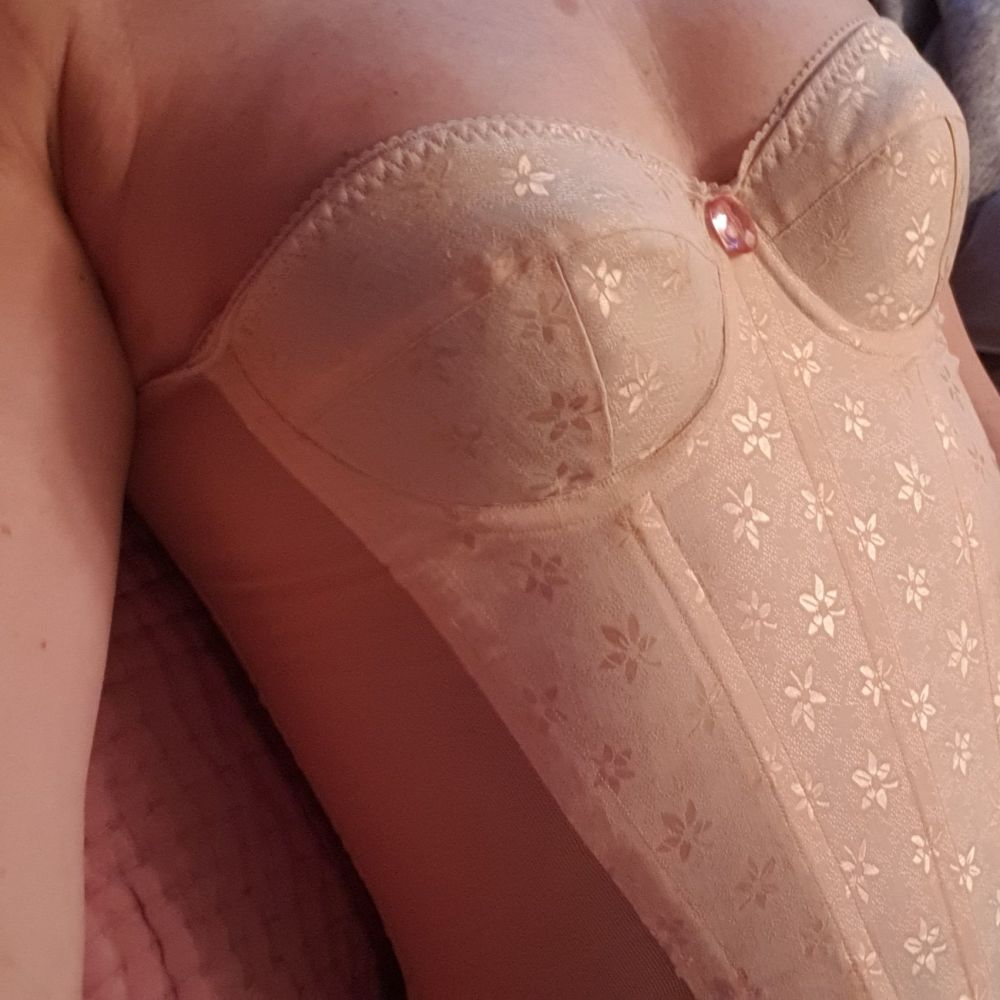
If you have ever wondered why there is a dearth of sizes when trawling through on-line patterns, the following set of photographs might go some way to explaining (in layperson terms) why this is. It is down to the huge number of variables. I spent months a few years ago grading bra patterns and incorporating them into my cupped corset patterns - Abi and the Crescent designs accommodate a large number of cups but they still fall short on some of the super bust sizing. I attempted to go further with Pippa but that isn't a cupped design.
The Merry Widow that I am currently working on is an adaptation of Abi - there are differences in the panel shapings because of the incorporation of stretch materials, but I have reused my wire/ cup/ CF seam lines. I added up all the corset sizes/ wire & cup scenarios and there are 170 variables. It's why a lot of pattern designers stop at an E cup - it's a daunting task.
